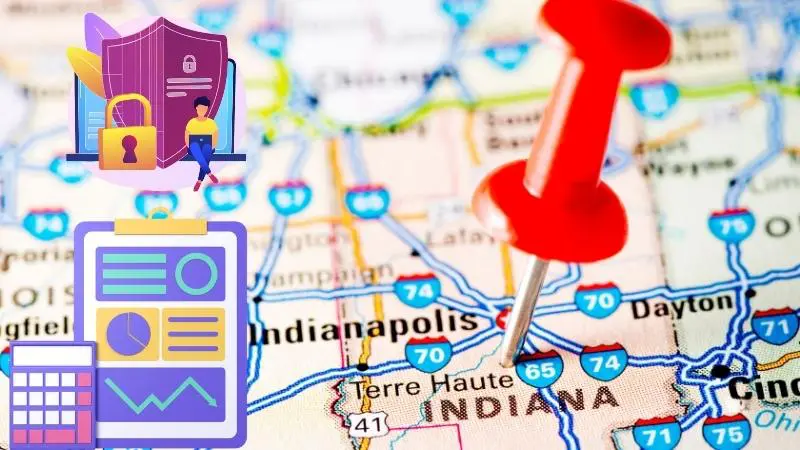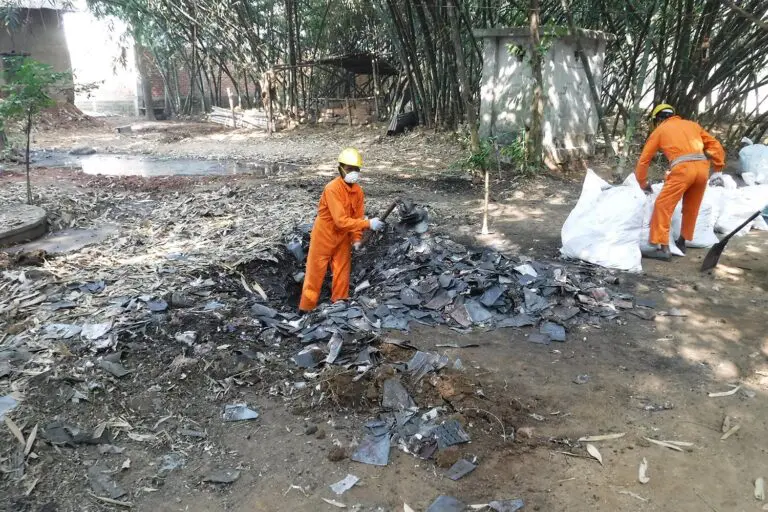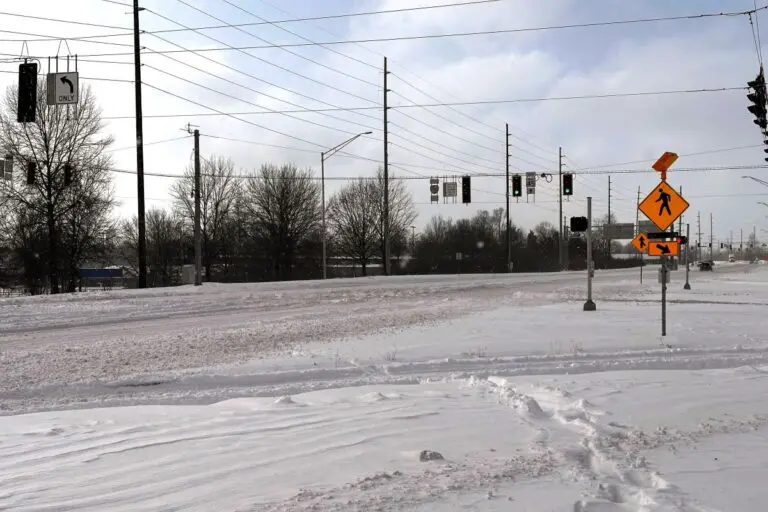In 2025, Indiana has become a powerhouse for data center projects, drawing in tech giants like Amazon, Google, Microsoft, and Meta.
What started as a strategic tax incentive move in 2019 has blossomed into billions in investments, reshaping the state’s economy and tech footprint. Why Indiana? Let’s break it down.
Table of Contents
ToggleIndiana’s Winning Formula – Incentives and Location
Indiana’s data center boom traces back to state-led efforts to attract major tech companies. Like the approach in games such as Ocean Catch social game, where strategy leads to big rewards, Indiana has crafted impressive tax incentives tailored specifically for data centers.
This makes Indiana a more attractive option compared to other states.
Why Central Location Matters
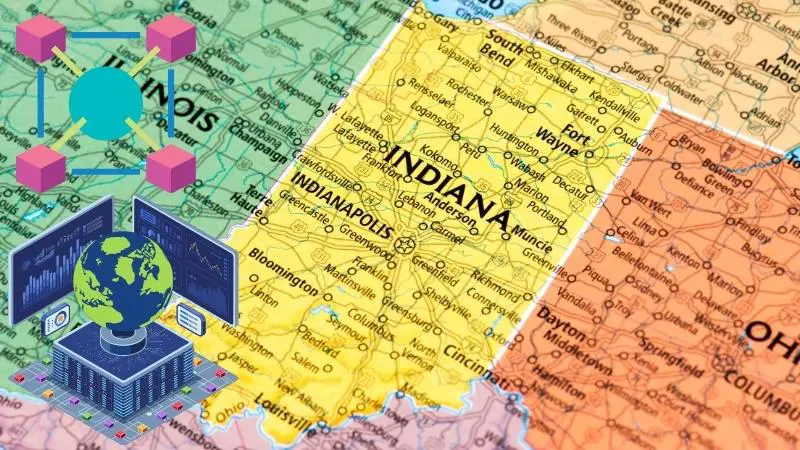
Indiana sits in the heart of the United States, providing seamless access to nearby large population centers. For tech companies running high-demand platforms, that means faster data transfer speeds and better user experiences.
The state’s central positioning makes it a natural hub, offering quick routes for data to major cities like Chicago, St. Louis, and Detroit.
Data center in former Northpointe park is sold to U.S.-Irish company – Indiana Gazette https://t.co/ByDdbuMVFK
— Drmikemyers (@drmikemyers) November 29, 2024
Indiana’s Track Record in Data Center Investments
According to the Indiana Capital Chronicle, since the tax exemptions were implemented, Indiana has attracted 8 data centers, with four of those projects announced in the last six months alone.
Altogether, these projects represent a staggering $14 billion in planned investments—a testament to the state’s appeal.

Amazon’s Ambitious Plans in St. Joseph County
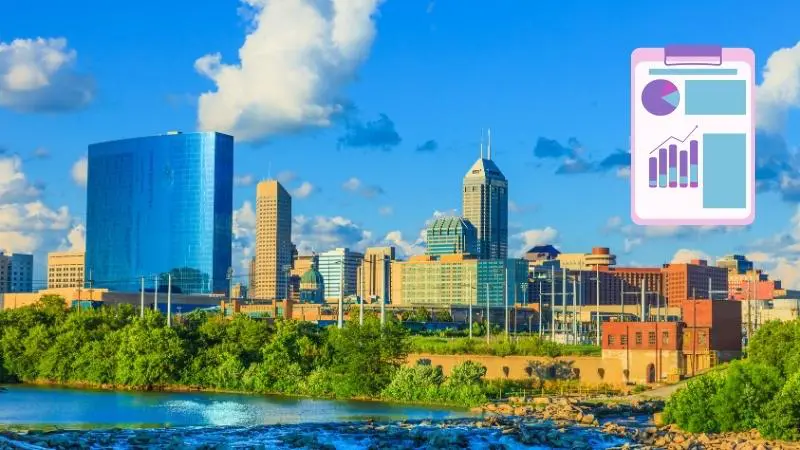
Amazon’s $11 billion investment near New Carlisle, about 15 miles west of South Bend, showcases the scale of Indiana’s appeal. The development, planned over the next decade, will include road improvements and other infrastructure support.
With a commitment of over $21 billion in Indiana since 2010, Amazon is no stranger to the state, but the data center project marks a substantial new chapter.
Google and Community Investment in Fort Wayne
Google’s $2 billion data center project in Fort Wayne also brings community-focused benefits. The company has committed $250,000 to the Fort Wayne Early Learning Center and local emergency housing programs, aligning its expansion with the needs of the community.
Energy and Infrastructure Challenges
While data centers are undeniably beneficial, they also place significant demands on the power grid. A single 100-megawatt center can consume as much energy as an entire city like Fort Wayne.
With data centers projected to account for 8% of national power demand by 2030, Indiana’s utilities are under pressure to accommodate this growing load.
Data Center Load Commitment: Big Tech Signs on to AEP Indiana Agreement for Grid Upgrade Financing
Save energy & cost for your business, contact me at https://t.co/RRyDwfXTJB.#Reliability #EnergyStorage #Renewables #EnergyAudit #Procurement #Resiliencehttps://t.co/JERpVyFuxB pic.twitter.com/5iMVFALYp7
— Jeffrey M. Dowdell (@JeffreyMDowdell) November 28, 2024
Energy Stakeholders’ Concerns
Energy stakeholders have voiced concerns, particularly around maintaining enough capacity. Some advocate for keeping fossil fuel plants operational to avoid a supply shortfall, while others push for alternative solutions.
The Citizens Action Coalition, for example, is encouraging energy efficiencies and storage solutions to meet demand without excessive costs to residents.
Utility Companies Rise to the Challenge
Utilities like Indiana Michigan Power, NIPSCO, and Duke Energy are preparing for future needs. Duke Energy’s Integrated Resource Plan (IRP) projects up to a 500-megawatt increase in industrial demand by 2030, largely due to data centers and new industrial ventures.
By planning ahead, these utility companies hope to stay ahead of Indiana’s evolving energy demands.
Renewable Energy Partnerships
Some data centers are taking matters into their own hands, partnering with utilities to secure renewable energy sources. Meta, for instance, has established a renewable power agreement with Duke Energy for its Clark County data center.
What About Economic Impact?
Data centers bring high-wage jobs to Indiana, boosting the local economy. Meta’s data center, for example, is set to offer jobs with an average salary of $100,000, helping local communities achieve employment goals.
These centers don’t just hire tech professionals; they support local contractors, hospitality, and other businesses as well.
“That’s good for our economy. We are trying to bring in jobs that pay above the living wage,” said Dant Chesser, River Ridge’s chief director for corporate strategy and external affairs.
Meta set to develop 1,500 acre data center campus outside Indianapolis, Indiana – DCD https://t.co/YpIRtpmh7h
— Drmikemyers (@drmikemyers) November 27, 2024
Local Business Support
Data centers also create opportunities for local businesses. Hotels, restaurants, and suppliers all benefit from the influx of construction crews and data center staff.
Data center projects bring in specialized workers, fueling local spending and creating a ripple effect throughout the community.
Key Incentives and Benefits
Programs like Indiana Economic Development Rider, offered by Indiana Michigan Power, provide financial incentives for projects that bring new jobs or require high energy demands.
Qualifying projects can see savings of up to $10.85 per kilowatt—a win for tech companies and a powerful draw for Indiana’s economy.
Additional Tax Benefits for Major Investments
The state offers local personal property tax exemptions for investments over $25 million, giving Indiana’s counties an extra tool to compete for large-scale data centers. These exemptions offer companies meaningful savings, encouraging long-term commitments to local communities.
Indiana’s Future in Tech and Data
With its central location, competitive incentives, and growing tech ecosystem, Indiana has positioned itself as a prime location for data centers. The $14 billion investment total reflects both the scale of the opportunity and Indiana’s readiness to handle it. But there’s more to the story than just tax benefits.
Indiana is on a path that could redefine its economic landscape.
As data demand grows and the digital economy expands, Indiana’s commitment to a balanced, forward-looking approach can ensure it reaps the benefits of this data center boom while addressing the energy and infrastructure needs it brings.
Two of the biggest boondoggles in indiana–the LEAP District water steal and hyperscaler data centers–are now colliding with news of a potential Meta data center coming to the embattled economic development area. https://t.co/FfzXruqPZe
— Ben Inskeep (@Ben_Inskeep) November 26, 2024
In Conclusion
Indiana’s transformation into a data center hub didn’t happen overnight. With billions in investments, thousands of jobs, and a strategy that considers both the economic and environmental impacts, Indiana is building a tech-friendly future that could serve as a model for other states.








